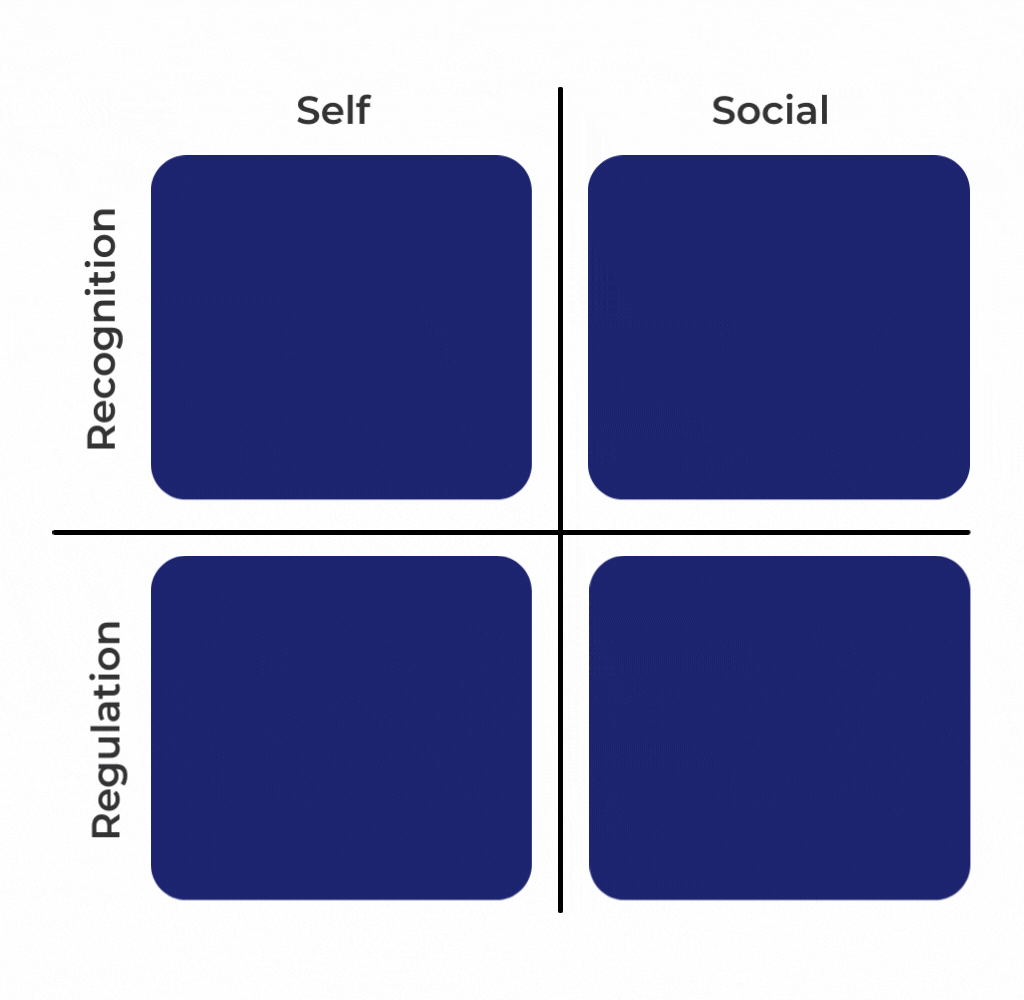Authors
Kat Callander & Britta Jenneson
Whilst there are exceptions to every rule, there is a significant divide between a technical and a functional business analyst. Technical business analysts and functional business analysts think and look at the problem being solved in different ways.
A commonality is that both are trying to solve a business need, however a technical business analyst can often be more focused on solutions and look for a logical solution without understanding the business impacts, whereas a functional business analyst has more affinity to the business need and impacts of a solution on the business.
Where a project identifies a need for a technical solution to be implemented (currently very heavily aligned in the digital space), the technical analyst will be looking for the quickest, simplest, cleanest and most logical solution to build the functionality. The impact to the business in the way the functionality is to be implemented and the longer-term cost is not understood, and it may be that the solution is not the best for the business.
As a result, technical solutions are often remiss in bridging the gap between the technical solution and an understanding of those technical solution impacts.
A functional business analyst is the voice of the business, acts as a translator between technology and the business, looks at benefits and impacts of a solution and often has a greater affinity with business needs and requirements. One of the strengths of a functional business analyst is that they are generally more aligned and more self-aware when dealing with people and situations, often related to a greater level of emotional intelligence (EQ).
Technology continues to grow at speed, creating challenges and pressure on businesses to keep up with the technology, to understand which technology is the right technology, the language of technology and the knowledge that automating and digitising processes can be a challenging experience.
In September 2021, author Bernard Marr contributed an article in Forbes, “The 5 biggest technology trends in 2022”. He argues that the “most important trends in 2022 are likely to focus around the convergence of technology trends, as tools emerge that let us combine them in new and amazing ways.”
While it could be argued that functional business analysts without a strong technical background would regardless find it easier to build and grow technical skills, after all we live in a technological and digital world, it may not be as easy for technical business analysts to make that leap in reverse.
Much work is in the business digital transformation space and for many businesses the digital world carries with it a fear of the unknown. It also carries the personal fear of being replaced by an IT solution and the devaluing of the work that has been done a certain way for many years. Stakeholder engagement in this scenario is often very confronting and the key to managing this is by building trust, then requirements while applying key EQ principles.
Daniel Goleman, an internationally known psychologist, co-founder of the Consortium for Research on Emotional Intelligence in Organizations and author of the bestselling book, “Emotional Intelligence” stated that in a “study of skills that distinguish star performers in every field from entry-level jobs to executive positions, the single most important factor was not IQ, advanced degrees, or technical experience, it was EQ. Of the competencies required for excellence in performance, 67% were emotional competencies”
Further to this he also said that “By teaching people to tune in to their emotions with intelligence and to expand their circles of caring, we can transform organizations from the inside out and make a positive difference in our world”.
emotional intelligence
[emotional intelligence]
NOUN
- the capacity to be aware of, control, and express one’s emotions, and to handle interpersonal relationships judiciously and empathetically.
“emotional intelligence is the key to both personal and professional success”
Free Dictionary definition of emotional intelligence
Daniel Goleman’s model of emotional intelligence includes five realms.
- Know your emotions
- Manage your emotions
- Motivate yourself
- Recognize and understand other people’s emotions
- Manage relationships (others’ emotions)
These five realms are broken down into four quadrants:
Daniel Goleman’s Model of Emotional Intelligence

How does David Goleman’s model assist in bridging the gap for business analysts? It empowers them to manage stakeholder relationships by understanding what mechanisms will help them build a level of self-awareness and resilience and begin to bridge the gap between the technical and functional business analysts.
By applying the principals of EQ to our interactions with stakeholders and colleagues we foster an environment of trust and credibility. When we have trust we build confidence with our stakeholders, which enables better decision and solution making, meeting both technical and business needs.
In conclusion, both technical and functional business analysts are key change agents. The best outcome is for both to work collaboratively recognising each other’s strengths and building expertise for technical analysts in EQ and technical understanding and skills for functional business analysts, thereby bridging the gap.



